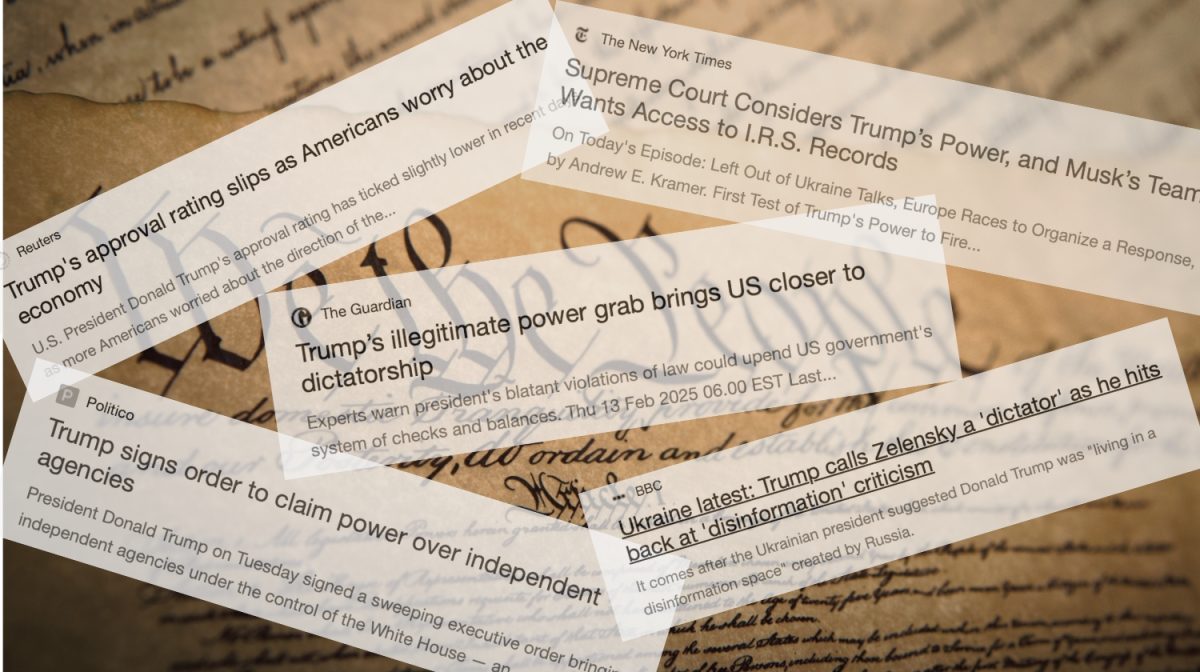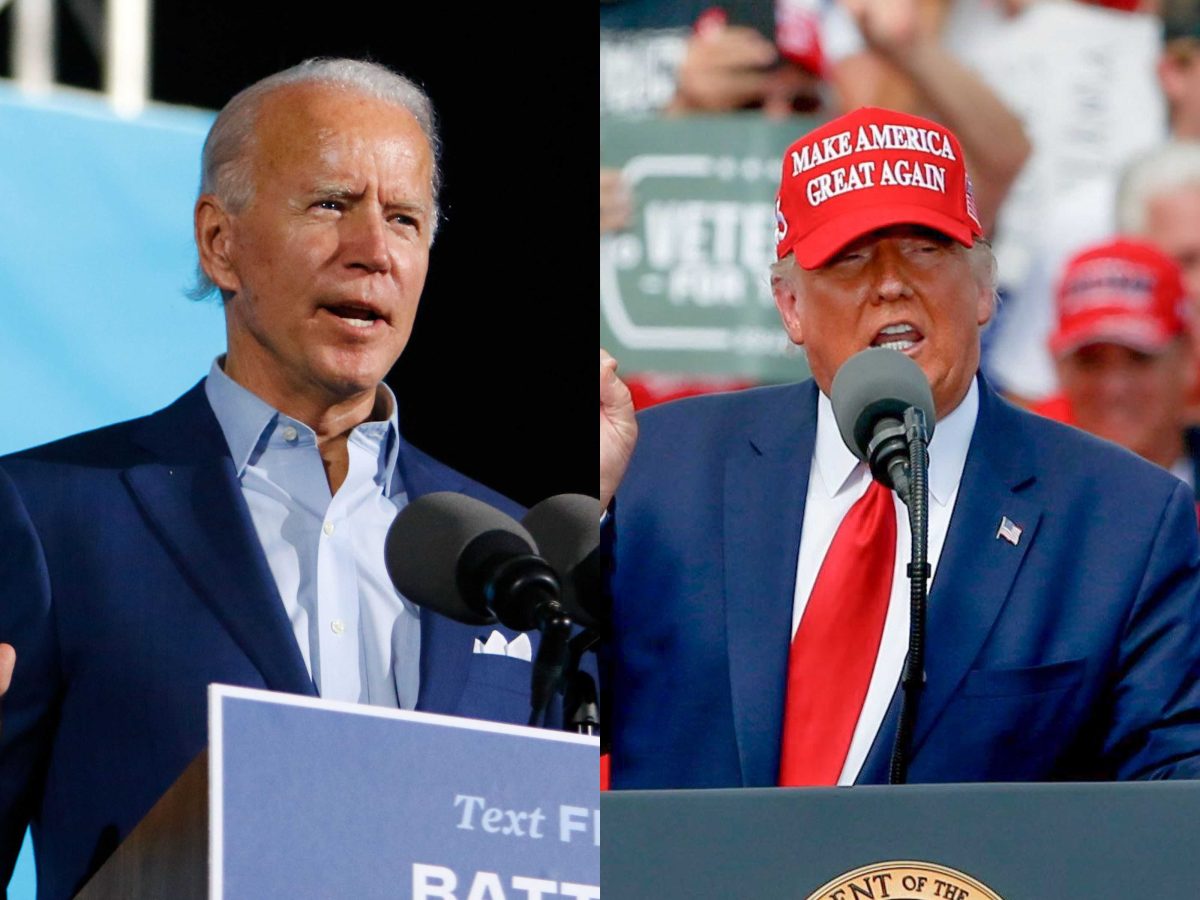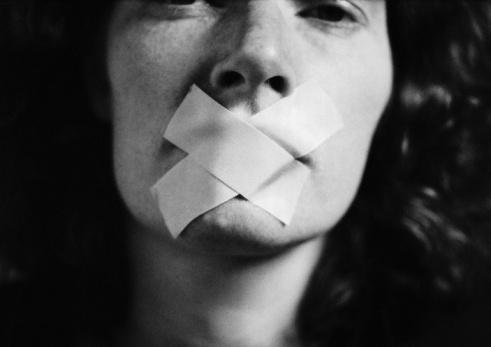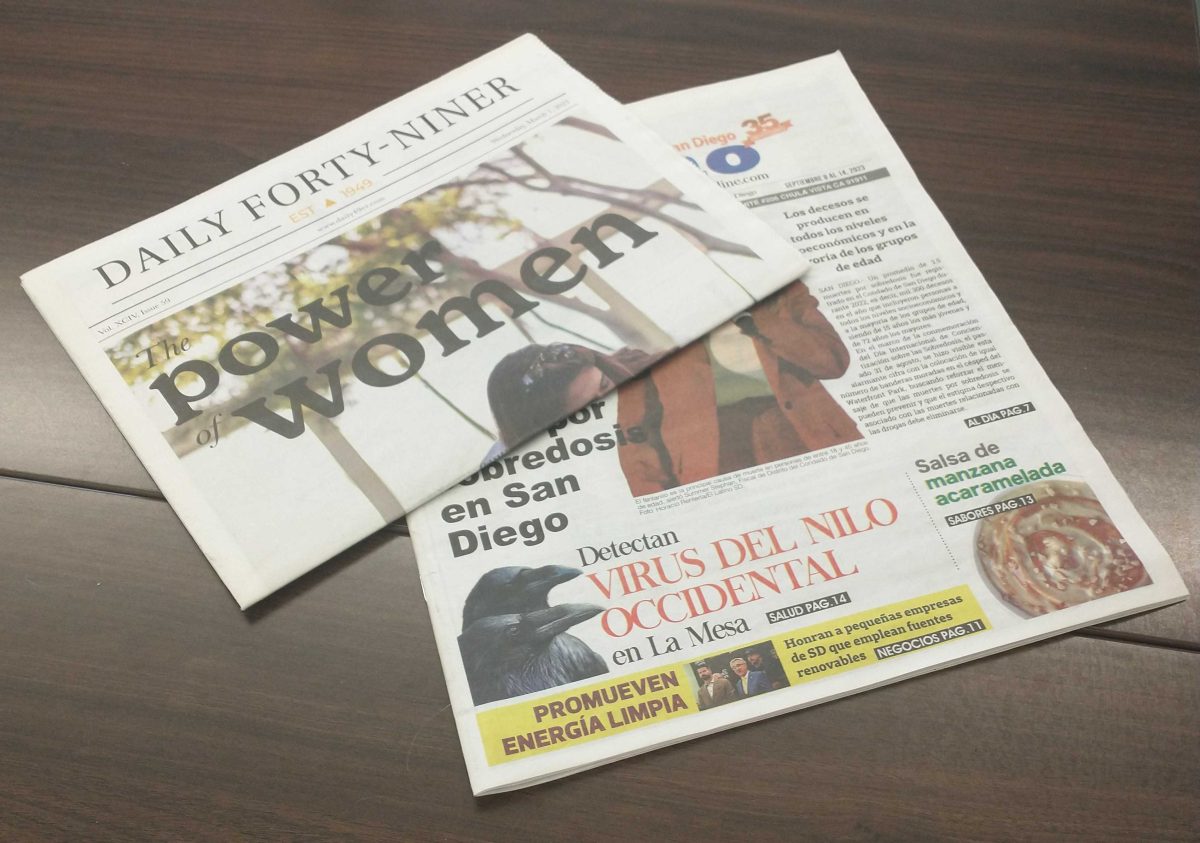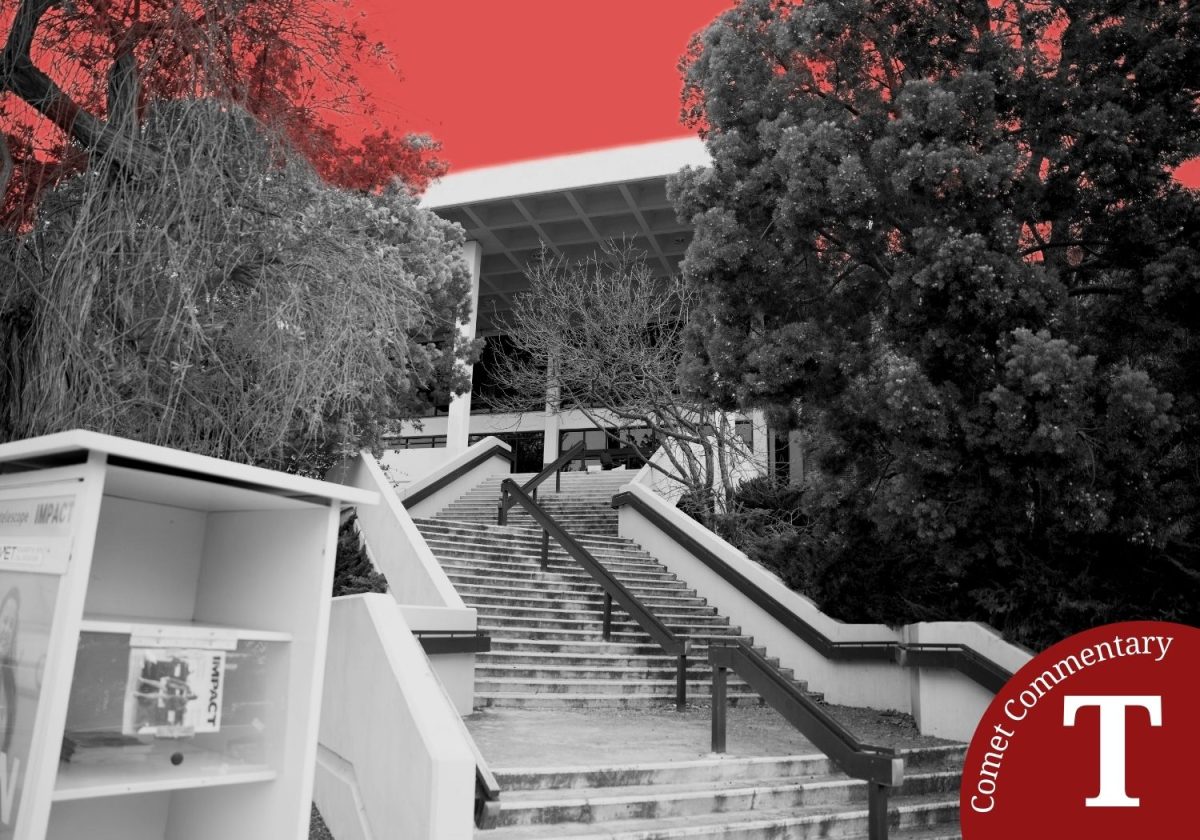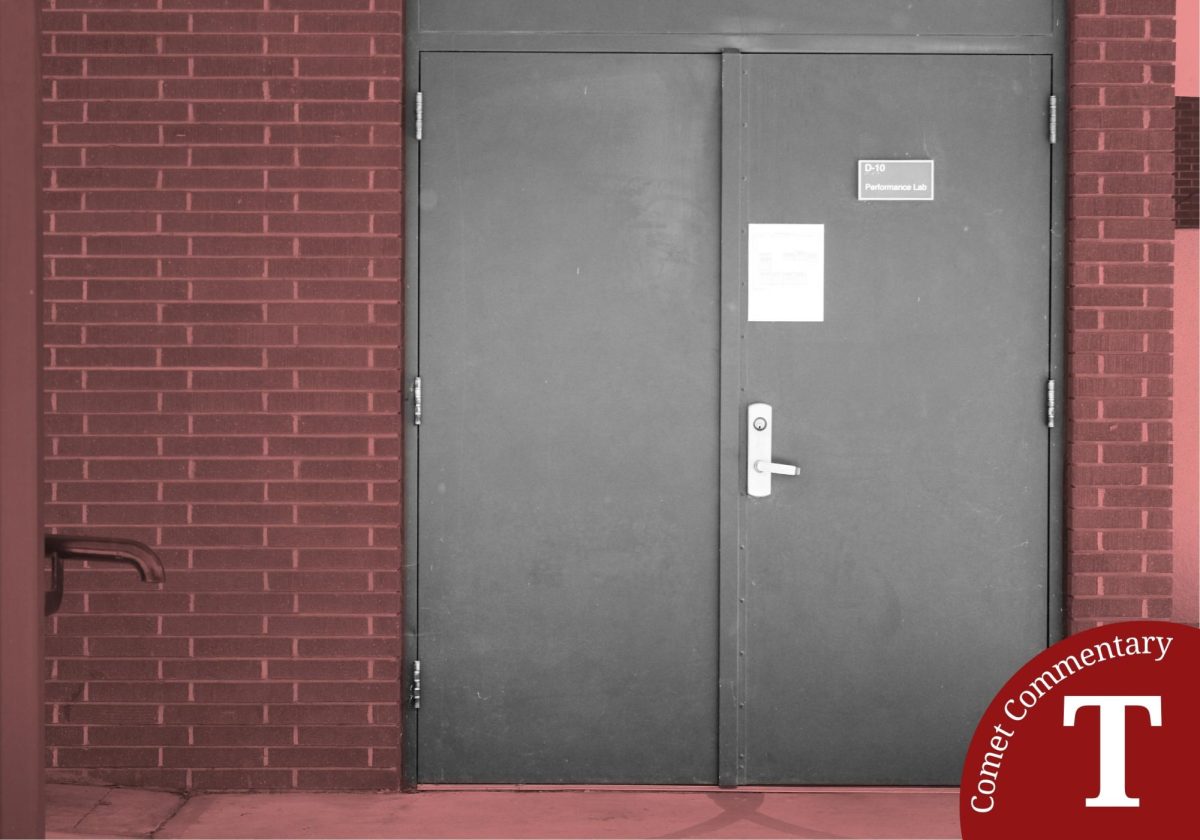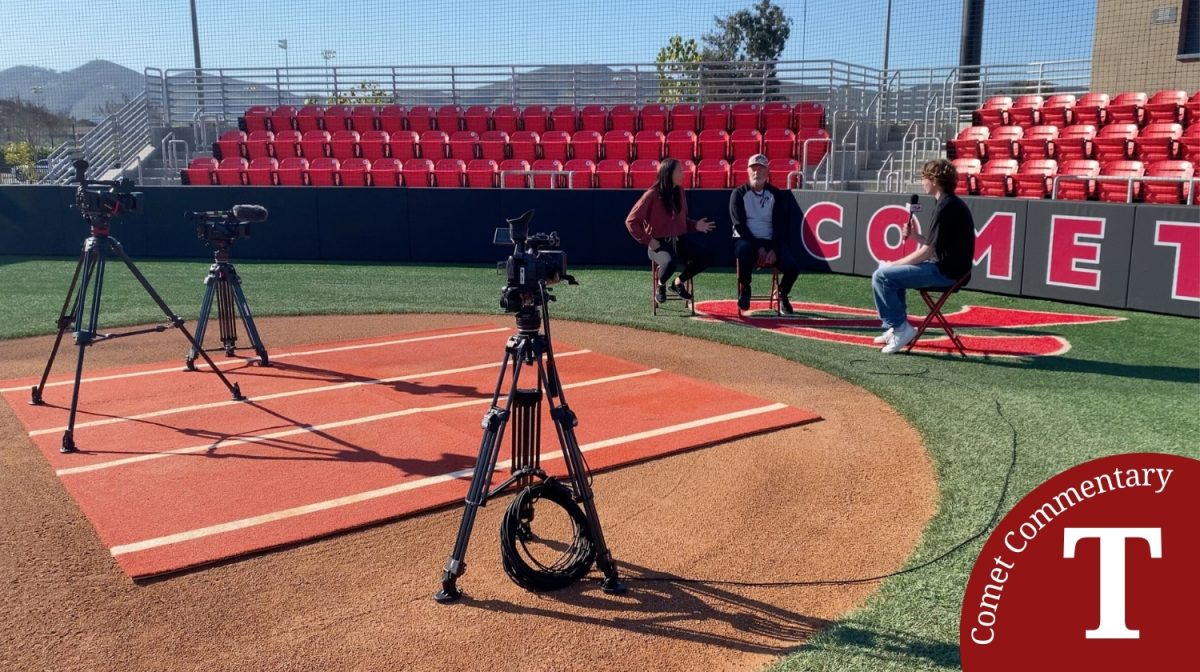Our immigration system is broken.
We hear that phrase a lot. It’s something that politicians and American citizens on both sides of the aisle have been saying for a long time.
But it’s hard to understand the long, arduous process that people looking to enter the country legally go through. Especially when we’re sitting in a place of privilege on this side of the border.
One of the most common forms of U.S. work visas is the H1-B visa. To qualify for this visa, a worker must be sponsored by an employer, who must front the application costs.
But these visas are only available to highly-skilled workers, they last three years, and are only renewable once, according to an article on Vox.com.
There’s also a cap on the number of them issued every year. That number is 65,000, according to MigrationExpert, an online visa support group.
If an employee wants to stay longer than that, their employer must sponsor them for permanent resident status — and front the costs of that too.
Beyond work visas, which are not permanent, there are only a few ways to become a legal resident in the United States.
According to CNN, an immigrant can be sponsored by an employer or family member, they can seek asylum as a refugee, or they can get lucky and be a recipient of a “diversity lottery” green card — of which 50,000 are given out each year.
The first of these is probably the more common option. But for some people, the wait for a permanent resident card is up to two decades long, according to CNN.
This is because the system is “outdated and overwhelmed beyond belief,” according to the article.
Even people who have family or children in the United States are not safe from our arcane immigration laws.
But some, the wait to have an application looked at is around 21 years, according to the most recent visa bulletin put out by the State Department.
It’s really not hard to understand why people take their chances and enter the country illegally. There might not be justification for doing that, but it probably beats waiting for two decades.
A fair amount of people entering the country illegally come from our neighbors to the south (Mexico has one of the longer wait times when it comes to visa or permanent resident applications being reviewed).
And oftentimes, they become the focus of the criticism and anger.
The minimum wage in Mexico is around $5 U.S. dollars. Not an hour, a day.
Combine that with the narcotic-fueled violence and extreme economic disparity in many Central and South American countries, and it’s no wonder that mothers send their children on dangerous journeys to get to the United States.
Sure, let’s not let everyone in.
But we are a nation of immigrants. Very few people have ties to this country that stretch beyond a few hundred years ago. The diversity of our melting pot culture is what makes us great.
We should strive to be the beacon of hope we like to imagine ourselves as. We need to address this issue with a generous amount of empathy and understanding.
Let’s be slow to judge, stern but fair. Let’s stop with the racist picket signs, the often-misinformed yelling, and the xenophobic anger.
This country is better than that.
“Give me your tired, your poor, your huddled masses yearning to breathe free…”
That’s the inscription on the Statue of Liberty, long a physical manifestation of American hope and freedom, and often the first thing visitors and immigrants to our country saw.
Let’s not make that inscription a lie.



